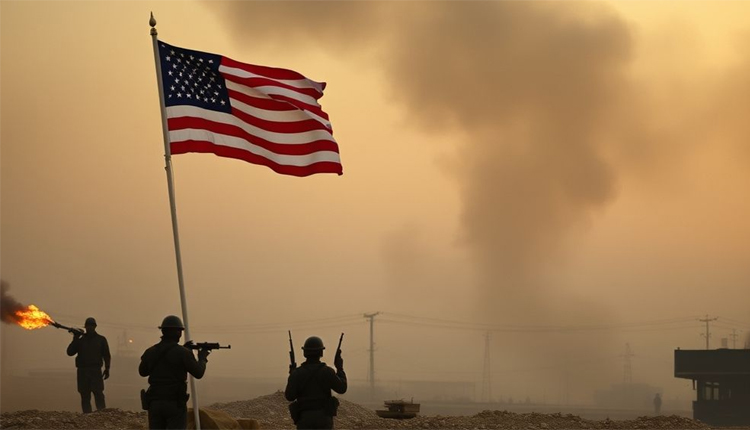New Delhi: From ally to bitter rival, the transformation of relations between the United States and Iran has played out since the 1979 Iranian Revolution, driven by a sequence of historical events that fundamentally reshaped the relationship, experts explained to UPI on June 22, 2025.
Relations started amicably in the mid-19th century, when the Qajar dynasty in Persia regarded the U.S. as a reliable counterweight to British and Russian imperialist designs. Soon after WW II, Iran became a great strategic boon for the U.S. The U.S. sent missionaries to change public opinion and hired financial advisors like Morgan Shuster to promote the modernisation of Iran. This relationship was cemented during the Cold War, during which Shah Mohammad Reza Pahlavi brought Iran in line with U.S. interests to contain the Soviets, with military and economic assistance provided to facilitate the arrangement.
Things changed in 1953 when the CIA, aided by the British, staged a coup to remove Iran’s elected Prime Minister, Mohammad Mossadegh, who had nationalised the Anglo-Iranian Oil Company. The coup re-established the autocracy of the Shah, enraging many Iranians that the U.S. was bolstering a repressive monarchy and was thus regarded as an enemy. As the historian James A. Bill put it, “The 1953 coup not only created deep mistrust in Iran, it also painted the United States as an imperialist meddler.”
The overthrow of the Shah and his replacement by Ayatollah Ruhollah Khomeini in the Iranian Revolution of 1979 unleashed tensions. Then, in 1979, revolutionary students stormed the U.S. embassy in Tehran, taking 52 Americans hostage for 444 days — a crisis that embarrassed the United States and cut relations. Khomeini’s regime demonised America as “the greatest Satan”, claiming that it backed the Shah’s tyrannical regime and Western imperialism. In retaliation, in 1984, the U.S. declared Iran a state supporter of terrorism due to its support for organisations such as Hezbollah.
The Iran-Iraq War fought between 1980 and 1988 widened the divide. While an arms embargo and chemical weapons attacks bore the brunt of Iranian casualties, the U.S. tilted toward Iraq, assisting Saddam Hussein with intelligence and economic aid. The U.S. Navy shot down an Iranian civilian airliner in 1988, killing 290, making Tehran all the more bitter. Ali Ansari, a St Andrews University professor, said, “Both sides regarded the other as an existential threat.
In the 2000s, tensions mounted over its nuclear ambitions. Fearing that Iran’s enrichment programme was ultimately geared towards weapons, the U.S. imposed crippling sanctions, and Iran’s economy shrank by 20% between 2011 and 2015. The nuclear deal of 2015 (JCPOA) eased tensions for a while before President Trump abandoned it in 2018 and launched a “maximum pressure” campaign that has led once more to military confrontation between the two countries and Iran exceeding enrichment limits. Verbo ultimately followed in lockstep, extricating personnel while the humiliating relations have sunk to a newfound low as of 2025 due to Israeli strikes on Iranian nuclear sites tacitly supported by the U.S.
While the U.S. considers direct intervention in the current Iran-Israel clash, the conflict — long shaped by treachery, rage, and mutual hostility — will no doubt continue, with each nation leering at the other and assessing its defences so it can launch an even bigger, more advanced missile attack.



Comments are closed.